Nationality American Discovered C/1847 T1 Role Astronomer | Name Maria Mitchell Siblings Phebe Mitchell Kendall | |
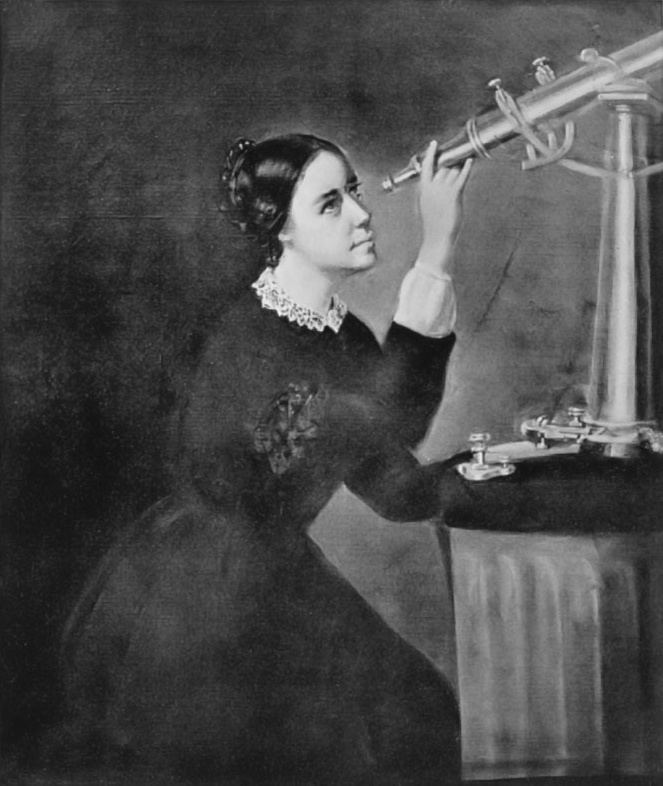 | ||
Born August 1, 1818Nantucket, Massachusetts,United States ( 1818-08-01 ) Notable awards King of Denmark's Cometary Prize Medal, 1848 Parents Lydia Coleman Mitchell, William Mitchell Similar People Elizabeth Blackwell, Mary Anning, James Bowdoin | ||
Maria mitchell astronomer google doodle logo
Maria Mitchell [pronounced "mə-RYE-ə"] (August 1, 1818 – June 28, 1889) was an American astronomer, who in 1847 by using a telescope, discovered a comet, which as a result became known as "Miss Mitchell's Comet." She won a gold medal prize for her discovery, which was presented to her by King Frederick VI of Denmark. On the medal was inscribed "Non Frustra Signorum Obitus Speculamur et Ortus" in Latin (taken from Georgics by Virgil (Book I, line 257) (English: "Not in vain do we watch the setting and rising of the stars"). Mitchell was the first American woman to work as a professional astronomer.
Contents
- Maria mitchell astronomer google doodle logo
- Who is maria mitchell
- Early years
- Discovery of Miss Mitchells Comet
- Academic achievements
- Efforts
- Personal life
- Legacy
- References
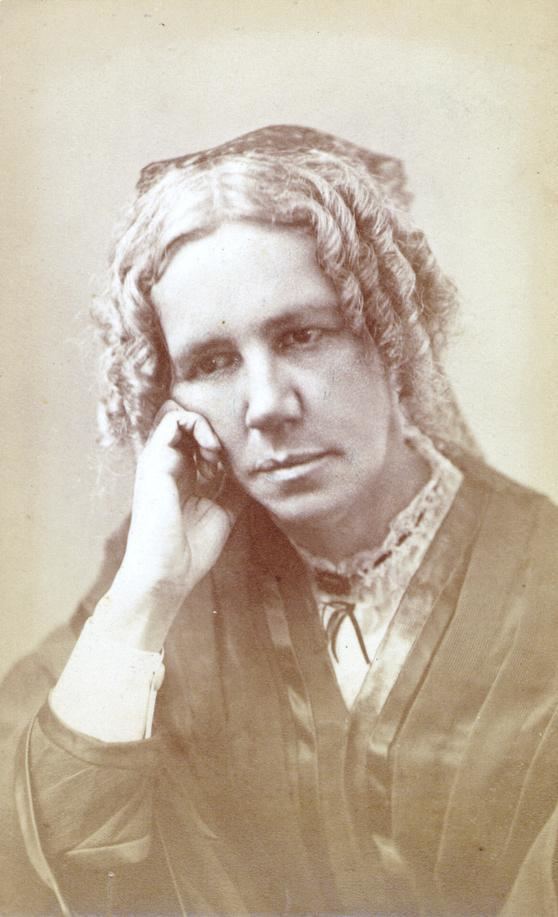
One of 10 children, she was raised in the Quaker religion, but later adopted Christian Unitarianism.
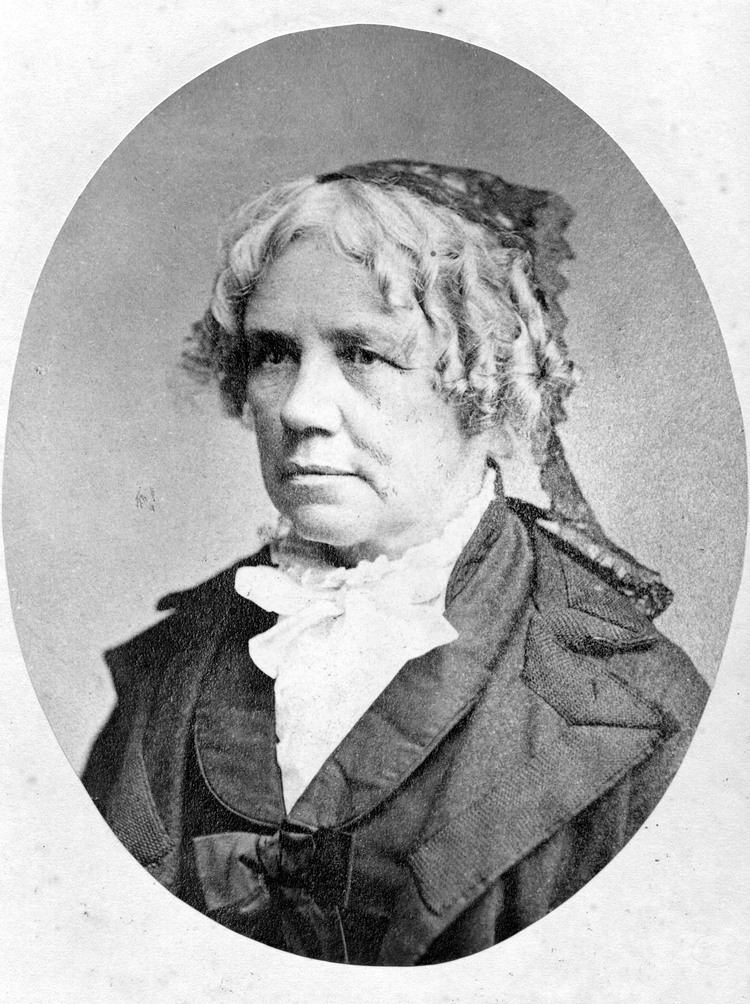
Who is maria mitchell
Early years
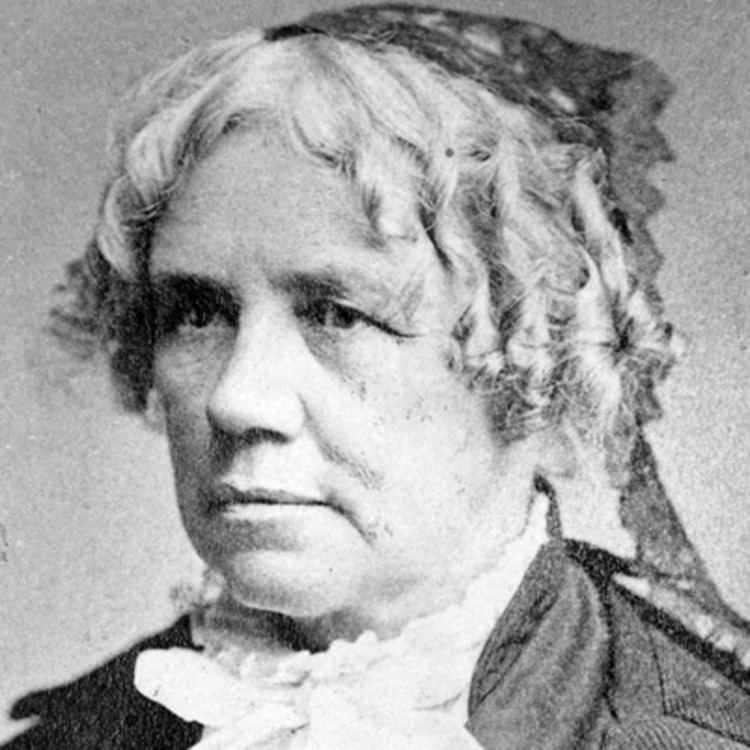
Maria Mitchell was born in Nantucket, Massachusetts. She was the great-great-great-great granddaughter of Peter Foulger and Mary Morrill Foulger, and through them was a first cousin four times removed of Benjamin Franklin. She had nine brothers and sisters. Her parents, William Mitchell and Lydia Coleman Mitchell, were Quakers. Maria Mitchell was born into a community unusual for its time in regard to equality for women. Her parents, like other Quakers, valued education and insisted on giving her the same quality of education that boys received. One of the tenets of the Quaker religion was intellectual equality between the sexes. Additionally, Nantucket's importance as a whaling port meant that wives of sailors were left for months and sometimes years to manage affairs while their husbands were at sea, thus fostering an atmosphere of relative independence and equality for the women who called the island home.
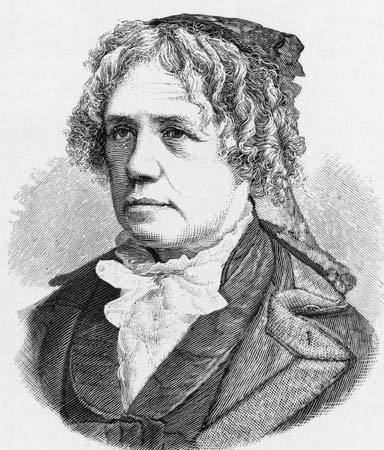
After attending Elizabeth Gardener's small school in her earliest childhood years, Maria attended the North Grammar school, where William Mitchell was the first principal. Two years following the founding of that school, when Maria was 11, her father built his own school on Howard Street. There, she was a student and also a teaching assistant to her father. At home, Maria's father taught her astronomy using his personal telescope. At age 12 1/2, she aided her father in calculating the exact moment of an annular eclipse.
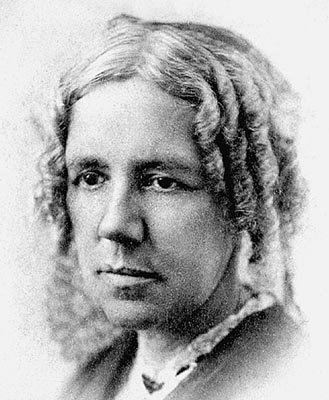
Her father's school closed, and afterwards she attended Unitarian minister Cyrus Peirce's school for young ladies. Later, she worked for Peirce as his teaching assistant before she opened her own school in 1835. She made the decision to allow nonwhite children to attend her school, a controversial move as the local public school was still segregated at the time. One year later, she was offered a job as the first librarian of the Nantucket Atheneum, where she worked for 20 years.
Discovery of Miss Mitchell's Comet
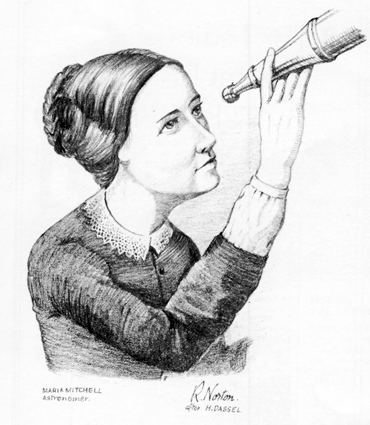
Using a telescope, she discovered "Miss Mitchell's Comet" (Comet 1847 VI, modern designation is C/1847 T1) on October 1, 1847, at 10:30 pm. Some years previously, King Frederick VI of Denmark had established gold medal prizes to each discoverer of a "telescopic comet" (too faint to be seen with the naked eye). The prize was to be awarded to the "first discoverer" of each such comet (note that comets are often independently discovered by more than one person). Maria Mitchell won one of these prizes, and this gave her worldwide fame, since the only previous women to discover a comet were the astronomers Caroline Herschel and Maria Margarethe Kirch.
A temporary question of priority existed because Francesco de Vico had independently discovered the same comet two days later, but had reported it to European authorities first; however, this was resolved in Mitchell's favor. The prize was awarded in 1848 by the new king Christian VIII.
Academic achievements
Mitchell began recording sun spots by eye in 1868, but from 1873, her students and she at Vassar College were able to make daily photographic records, allowing more accurate records. These were the first regular photographs of the sun, and they allowed her to explore the hypothesis that sun spots were cavities rather than clouds on the surface of the sun. For the total solar eclipse of July 1878, Mitchell and five assistants travelled with a 4-inch telescope to Denver for observations.
She became the first woman elected Fellow of the American Academy of Arts and Sciences in 1848 and of the American Association for the Advancement of Science in 1850. In 1881, reporting to the Association for the Advancement of Women, Mitchell expressed surprise that no women had been elected to the American Academy of Arts and Sciences after her. Mitchell was also one of the first women elected to the American Philosophical Society (1869, at the same meeting Mary Somerville and Elizabeth Cabot Agassiz were elected). She later worked at the U.S. Nautical Almanac Office, calculating tables of positions of Venus, and traveled in Europe with Nathaniel Hawthorne and his family.
She became professor of astronomy at Vassar College in 1865, the first person appointed to the faculty. She was also named as director of the Vassar College Observatory. After teaching there for some time, she learned that despite her reputation and experience, her salary was less than that of many younger male professors. She insisted on a salary increase, and got it. She taught at the college until her retirement in 1888, one year before her death.
Efforts
In 1842, she left the Quaker faith and followed Unitarian principles. In protest against slavery, she stopped wearing clothes made of cotton. She was friends with various suffragists such as Elizabeth Cady Stanton and co-founded the American Association for the Advancement of Women.
Personal life
Mitchell never married, but remained close to her immediate family throughout her life. After she retired from Vassar College in 1888, she lived in Lynn, Massachusetts, with her sister Kate and her family. Very few of her personal documents remain from before 1846. The Mitchell family believes she witnessed personal papers of fellow Nantucketers blown through the street by the Great Fire of 1846, and because fear of another fire persisted, she burned her own documents to keep them private.
Legacy
Mitchell died on June 28, 1889, at the age of 70, in Lynn, Massachusetts. She was buried in Lot 411, in Prospect Hill Cemetery, Nantucket. The Maria Mitchell Observatory in Nantucket is named in her honor. The observatory is part of the Maria Mitchell Association in Nantucket, which aims to preserve the sciences on the island. It operates a natural history museum, Maria Mitchell's Home Museum, and the Science Library, as well as the observatory. She was also inducted into the US National Women's Hall of Fame, and was made a National Women's History Month Honoree for 1989 by the National Women's History Project. She was the namesake of a World War II Liberty ship, the SS Maria Mitchell. New York's Metro North commuter railroad (with its Hudson Line endpoint in Poughkeepsie near Vassar College) has a train named the Maria Mitchell Comet in her honor. On August 1, 2013, the search engine Google honored Maria Mitchell with a Google doodle showing her in cartoon form on top of a roof gazing through a telescope in search of comets.
